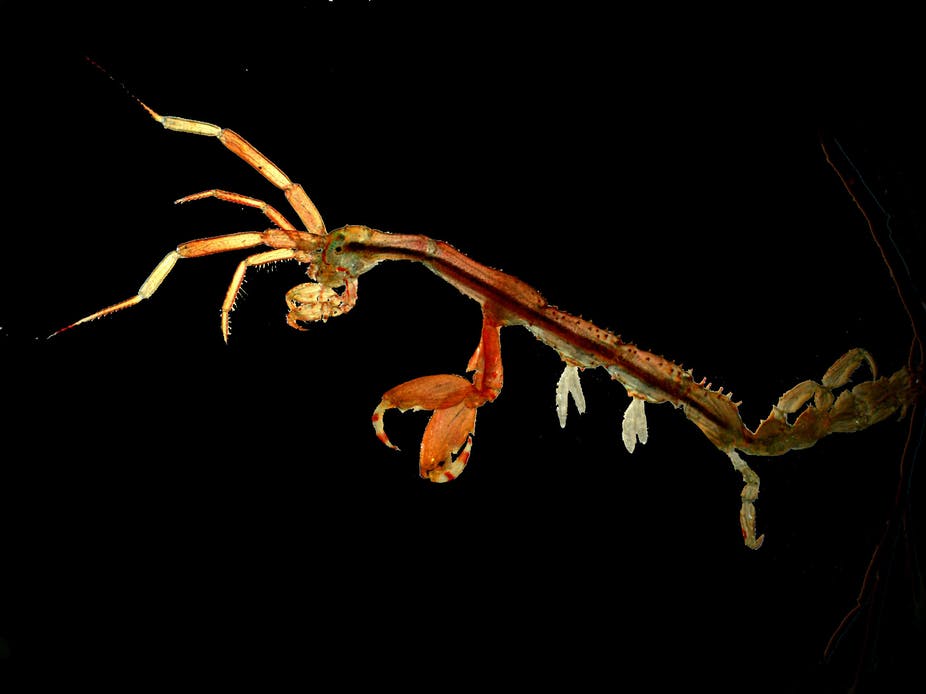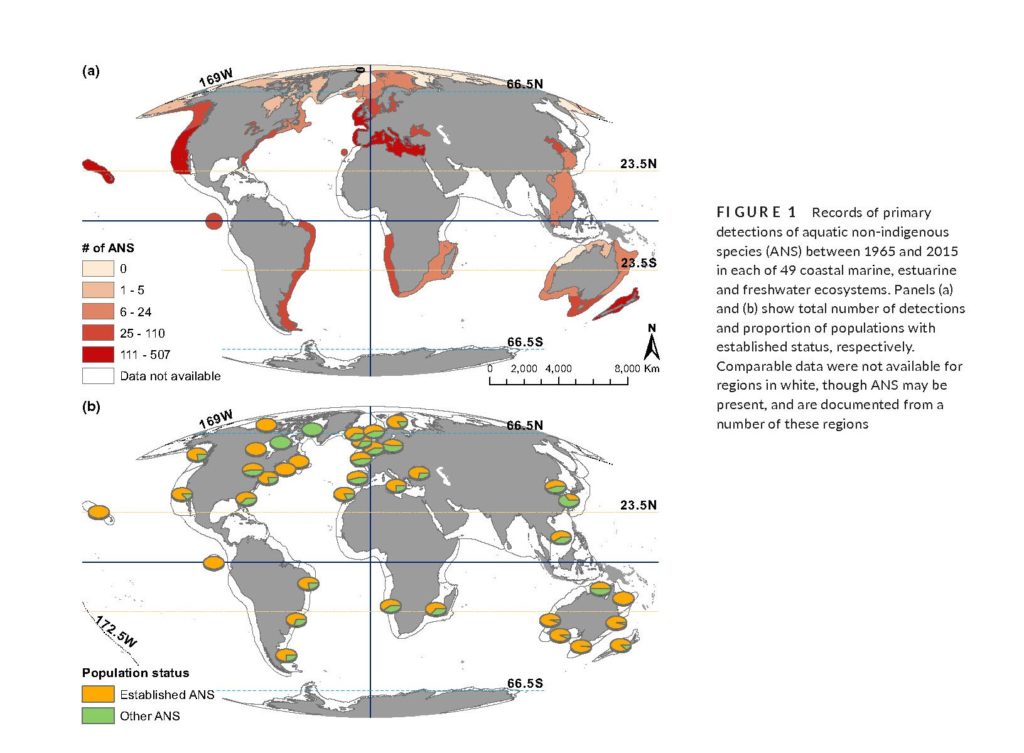The number of species that have spread around our seas through ballast water, biofouling and other vectors has finally been counted, and it is huge.
There are 1,442 aquatic species in new habitats around the world thanks in large to ships’ ballast tanks and biofouling. And that is a conservative number, the reality is likely much more. It is a huge number and probably takes some time to sink in, but researchers have found that, by looking at a collection of research papers, they have assembled a dataset of 2,209 records of primary aquatic non-indigenous species over the last 50 years (1965 to 2015). This spans a range of 49 aquatic ecosystems.
On average it means that there were 43 accounts of invasive species every year, or just over one a week, though the authors of a paper published earlier this month point out that these detections rely on the ability of researchers to find and identify invasive species in fresh, brackish and seawater.
The report also notes that detection is not the same as when a species is introduced and that some parts of the world have not been examined.
The report comes out as work pushes ahead at the International Maritime Organization to mobilise the shipping industry to further address hullfouling, the second of the two main ways for species to moves between marine ecosystems after ballast water.
Why is this a problem?
Some species when they adapt to a new environment can create huge ecosystem challenges by overcoming a native species and creating habitat threats and even extinction. In some cases species have adapted to such levels, and found themselves without preditors they can be a definite nuicance (creating infrastructure problems, blockages, destroying artisan fisheries.
Hull fouling takes may forms, and can be as dramatic as a densely barnacled steel hull with seaweed and other growths, or just a layer of slime in which may be eggs of aquatic species that may hatch and find themselves adaptable to their new environment.
From a shipping perspective, vessels with fouled hulls will burn more fuel as friction builds up as the vessel passes through the water, and in cases vessels wil be barred from entering waters by national maritime authorities.
The trouble makers
The Japanese skeleton ship has been found in 13 new ecosystems around the world. The chain tunicate (a fixed marine invertebrate) and the creatures known as sea squirts (Styela clava, also a form of tunicate) has been found in 10, as has the Oriental Shrimp (Palaemon macrodactylus). In all cases ballast water is believed to be the significant vector for invasion, along with hull fouling. However the authors of this report also note that not all ecosystems have been studied and that the real picture of the spread of invasive species could be much worse.
What’s being done?
The IMO agreed a set of guidelines to help reduce biofouling from ships in 2011. These guidelines, seeing as they were from a UN rule making agency, included the option for review, which started in 2018. There is however no word on whether these guidelines may one day become mandatory, though there is pressure to do so.
To help with dissemination of the issues of biofouling, and with this review (and to potentially advise if new rules are considered), the IMO created the Glofouling Partnerships. Other inter-governmental agencies are also involved- GEF (The Global Environment Facility, which has given a $6.9m grant for the Glofouling Partnership) and UNDP. This group includes representatives from the member states, but also from industry organisations as well as technology firms (such as those with hull cleaning systems) and hull coating makers.
Other stories you may like
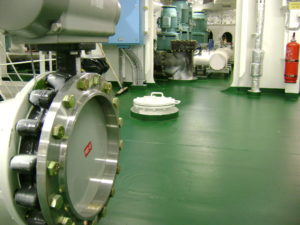
More ballast water deadlines add to bottleneck
Only ballast water treatment systems that have been put through more rigorous design (type approval) testing can be installed on
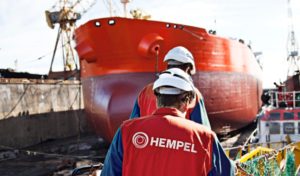
Biofouling Focus: Foul play
There is a lot happening in the exciting world of biofouling. Not only are the coating makers getting increasingly competitive,
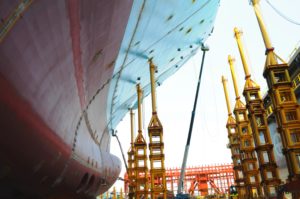
How biofouling problems are being tackled afresh
When talk turns to hull biofouling, invasive species and vessel efficiency, most of us look at the hull coatings makers

IMO ballast water convention amendments now in force
Industry Announcement: The BWM Convention amendments formalizing the implementation schedule for the D-2 standard are now in force. Amendments to























